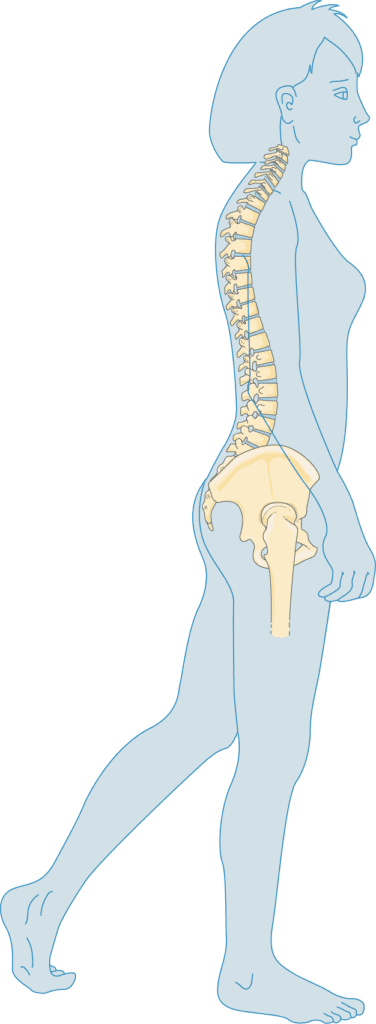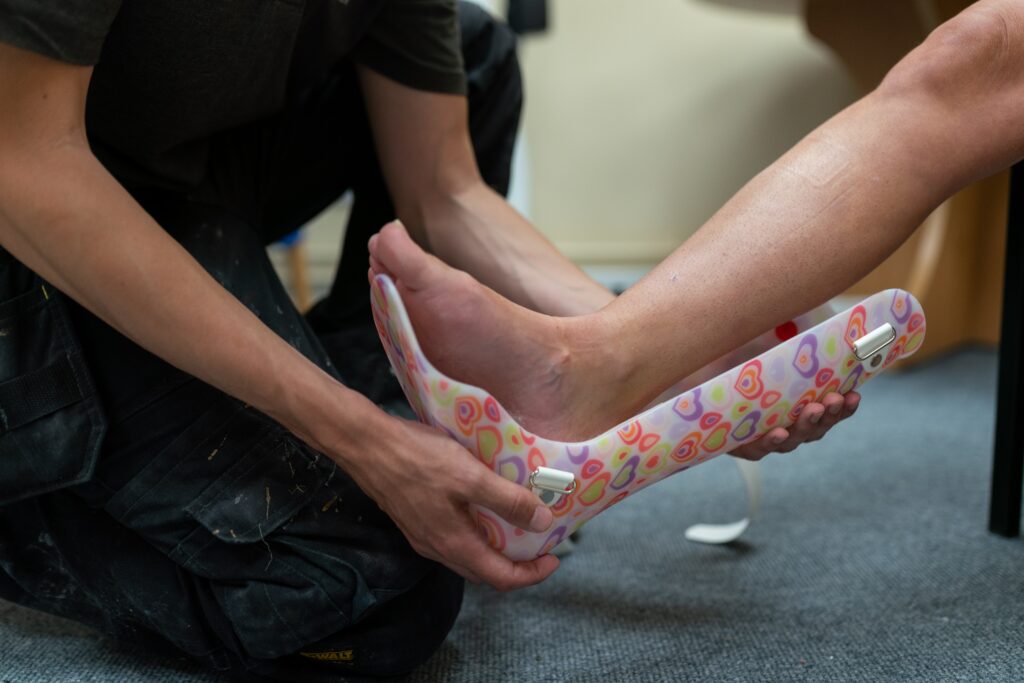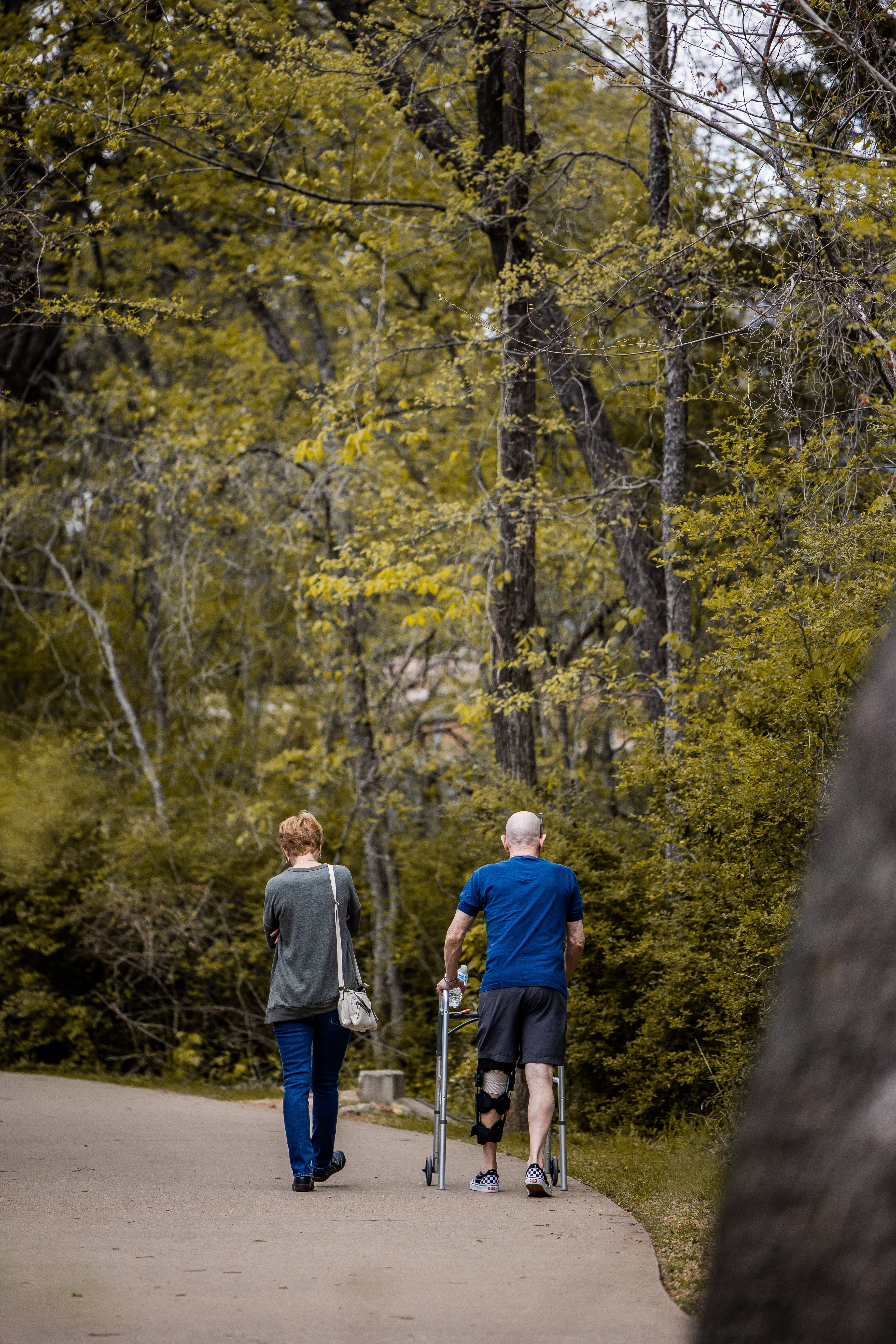INTRODUCTION
CAPR provides 50 sample questions for PCE written exam. These practice questions are available as a resource for candidates preparing for the Written Component of the Physiotherapy Competency Examination (PCE).
Let’s answer these questions and try to find the reasons.
A 60-year-old man with post-polio syndrome is experiencing a deterioration of his physical status. He is attending out-patient physiotherapy at a rehabilitation centre.
- During assessment, the physiotherapist notes weakness of the erector spinae muscle group. Which of the following postures is the physiotherapist likely to observe?
A. Decreased thoracic kyphosis.
B. Increased lumbar lordosis.
C. Decreased lumbar lordosis.
D. Thoracic scoliosis.

The answer is “C”
If a person has weakness in their erector spinae muscle group, a physiotherapist is likely to observe a posture that displays the following characteristics:
– A forward head posture, where the head is positioned ahead of the shoulders.
– Rounded shoulders, where the shoulders are positioned forward instead of being aligned with the torso.
– Increased curvature of the thoracic spine, also known as kyphosis.
– A flattened lumbar spine, which results in a loss of the natural curve of the lower back.
– An anterior pelvic tilt, where the pelvis is tilted forward, causing the lower back to arch excessively.
These postural changes are often observed in individuals who spend a lot of time sitting or slouching, which can lead to weakening of the erector spinae muscle group. A physiotherapist may prescribe exercises to strengthen the erector spinae muscles and help correct these postural imbalances.
- The client has greater paralysis on his left lower extremity, which may be contributing to right knee and ankle pain due to overuse. Which of the following supportive devices should the physiotherapist recommend for the left lower extremity?
A. Neoprene knee sleeve.
B. Ankle splint (air-cast splint).
C. Hinged knee brace.
D. Knee-ankle-foot orthosis.

The answer is “D”
The physiotherapist should recommend a knee-ankle-foot orthosis (KAFO) for the left lower extremity of the client who has greater paralysis on his left lower extremity, which may be contributing to right knee and ankle pain due to overuse. KAFO is a type of orthotic device that provides support to the knee, ankle, and foot. It is used to control motion, improve alignment, and reduce falls. KAFO is particularly useful in patients with persistent weakness and instability at the ankle or knee joint. The other options, such as a neoprene knee sleeve, ankle splint (air-cast splint), and hinged knee brace, may provide some support to the affected joint but are not as comprehensive as a KAFO. The physiotherapist may also recommend other assistive devices, such as wheelchairs, crutches, or walking aids, to improve the client’s mobility and independence1,2,3,4,5. Therefore, the correct answer is D.
- The client has used crutches for eight years. He states that his walking has slowed, and longer distances are more fatiguing. Which of the following aids should the physiotherapist recommend for longer distances in the community?
A. Four-wheeled walker.
B. Two-wheeled walker.
C. Manual wheelchair.
D. Powered scooter.

The answer is “D”
Based on the client’s description of slowing down and increased fatigue with longer distances, the physiotherapist should recommend an aid that provides more support and requires less effort from the client. Therefore, the most appropriate recommendation would be a powered scooter (option D) as it would allow the client to travel longer distances with less physical exertion compared to crutches or a walker. A four-wheeled walker (option A) or two-wheeled walker (option B) may provide some additional support but may still require significant effort from the client to move around. A manual wheelchair (option C) may also be an option, but it may not be necessary if the client is able to walk short distances with crutches. Ultimately, the decision should be based on the client’s individual needs and preferences.
Conclusion
We tried to answer three items from the CAPR sample questions. How was your result?
I will post other questions with explanations, so let’s beat the exam together!
WORK IN CANaDA. YOU NEED TO SPEAK ENGLISH.
DO YOU WANT TO IMPROVE YOUR ENGLISH?
CLICK HERE!
There is more about CAPR and PCE articles in this blog.


Pingback: PCE WRITTEN EXAM PRACTICE QUESTIONS – 4 My Physio Adventure
Pingback: To be a physiotherapist in Canada
Pingback: PCE WRITTEN EXAM PRACTICE QUESTIONS – 5(1) - My Physio Adventure
Pingback: PCE WRITTEN EXAM PRACTICE QUESTIONS – 6 My Physio Adventure